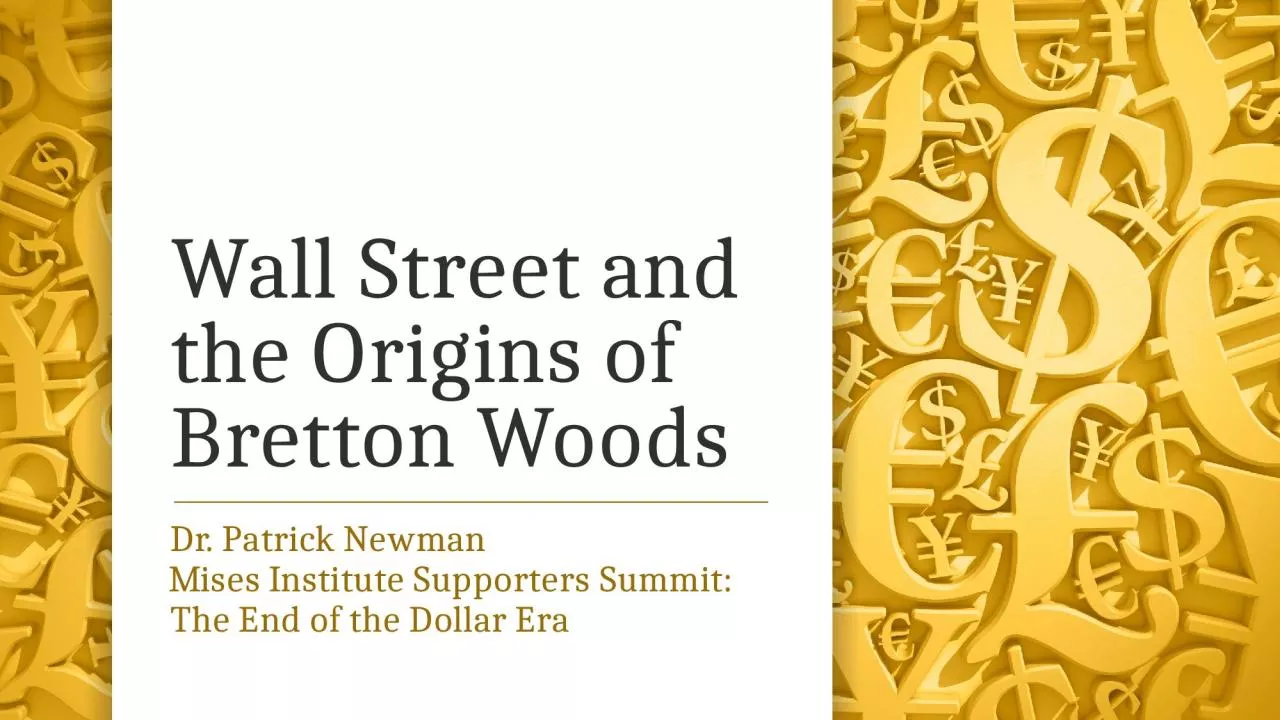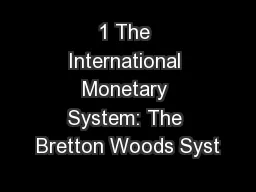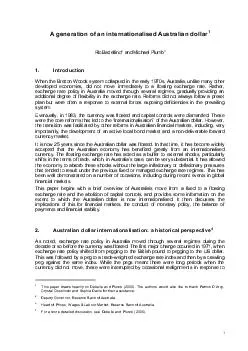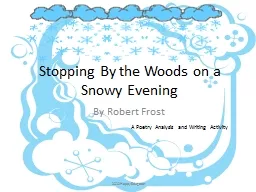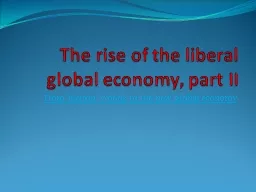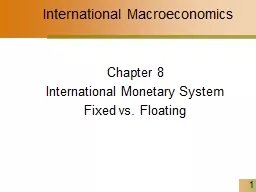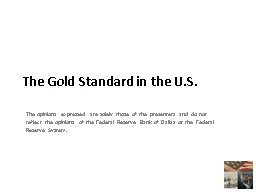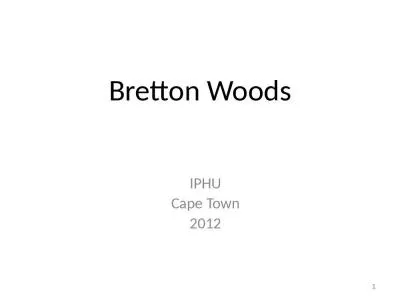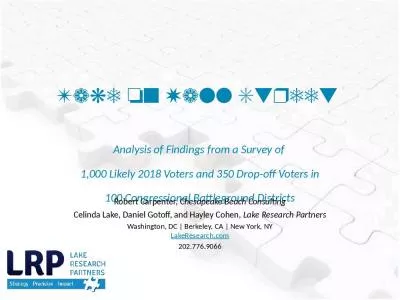PPT-Wall Street and the Origins of Bretton Woods
Author : linda | Published Date : 2023-11-04
Dr Patrick Newman Mises Institute Supporters Summit The End of the Dollar Era Bretton Woods The System Dollar redeemable internationally 35 1 oz other currencies
Presentation Embed Code
Download Presentation
Download Presentation The PPT/PDF document "Wall Street and the Origins of Bretton W..." is the property of its rightful owner. Permission is granted to download and print the materials on this website for personal, non-commercial use only, and to display it on your personal computer provided you do not modify the materials and that you retain all copyright notices contained in the materials. By downloading content from our website, you accept the terms of this agreement.
Wall Street and the Origins of Bretton Woods: Transcript
Download Rules Of Document
"Wall Street and the Origins of Bretton Woods"The content belongs to its owner. You may download and print it for personal use, without modification, and keep all copyright notices. By downloading, you agree to these terms.
Related Documents

